Introduction to Vertical Blinds
Overview of Vertical Blinds
Vertical blinds are window coverings made up of vertical slats that can be rotated to control light and privacy. They are commonly used in both residential and commercial settings and offer a practical and stylish solution for window treatments.
Benefits of Vertical Blinds
Vertical blinds offer several benefits. They provide excellent light control, allowing you to adjust the amount of sunlight entering the room. They also offer privacy when the slats are closed. Vertical blinds are versatile and can be customized to fit various window sizes and styles. Additionally, they are often more cost-effective compared to other window treatment options.
Are Vertical Blinds Outdated?
While design trends may evolve over time, vertical blinds remain a popular choice for many homeowners and businesses. They offer a classic and functional design that has stood the test of time. However, personal preferences and interior design styles can vary, and some individuals may opt for alternative window treatments that align with more contemporary aesthetics.
Types of Vertical Blinds
Faux Wood Vertical Blinds
Faux wood vertical blinds are window coverings made from synthetic materials that mimic the appearance of real wood.
Features and Advantages
Faux wood vertical blinds are durable, moisture-resistant, and resistant to warping, making them suitable for high humidity areas like kitchens and bathrooms. They offer the aesthetic appeal of real wood at a more affordable price point.
Installation Process
Installing faux wood vertical blinds typically involves mounting the headrail securely, attaching the vanes or slats, and adjusting the controls for smooth operation.
Wooden Vertical Blinds
Wooden vertical blinds are window coverings made from real wood materials.
Characteristics and Benefits
Wooden vertical blinds offer a natural and elegant look, adding warmth and sophistication to any space. They come in various wood species, finishes, and stain options, allowing for customization to match different interior styles. Wood provides excellent insulation and can help regulate temperature and reduce energy costs.
Installation Tips
When installing wooden vertical blinds, it’s important to ensure the headrail is properly secured and level. The slats should be evenly spaced and aligned for a uniform appearance. Additionally, regular maintenance, such as dusting and polishing, can help prolong the lifespan of wooden vertical blinds.
Installing Vertical Blinds
Step-by-Step Guide: How to Install Vertical Blinds
- Measure the Window: Measure the width and height of the window to determine the appropriate size for the vertical blinds.
- Mount the Brackets: Install the brackets provided with the blinds. Ensure they are level and securely attached to the wall or window frame.
- Attach the Headrail: Slide the headrail into the brackets and secure it in place.
- Connect the Control Chain: Attach the control chain to the headrail and ensure it operates smoothly.
- Hang the Vanes: Insert the vertical vanes into the headrail carrier stems, ensuring they are properly aligned and evenly spaced.
- Test the Operation: Open and close the blinds, ensuring they move smoothly and without any issues.
- Make Adjustments: If necessary, make adjustments to the vanes or controls to achieve the desired positioning and functionality.
- Finishing Touches: Remove any protective packaging or coverings, clean the blinds if needed, and enjoy your newly installed vertical blinds.
Understanding Vertical Blinds Components
Vertical Blinds Parts Diagram
A vertical blinds parts diagram illustrates the various components that make up a vertical blinds system, including the headrail, vanes or slats, carrier stems, control chain, and bottom chain or weights.
Explaining Each Component
- Headrail: The headrail is the top horizontal bar that holds the vertical blinds together and attaches to the mounting brackets. It contains the mechanisms for operating and controlling the blinds.
- Vanes or Slats: These are the vertical strips or louvers that hang down from the headrail. They can be made of materials like faux wood, fabric, or PVC.
- Carrier Stems: Carrier stems are the small plastic or metal pieces that hold the vanes in place and allow them to rotate open or closed.
- Control Chain: The control chain is used to manipulate the blinds, allowing you to open, close, or tilt the vanes to control light and privacy.
- Bottom Chain or Weights: The bottom chain or weights are attached to the vanes to help them hang straight and prevent excessive movement.
Function and Importance
Each component of vertical blinds plays a crucial role in their functionality. The headrail provides support and houses the mechanisms for smooth operation. The vanes or slats are adjustable, allowing control over light and privacy. Carrier stems ensure the stability and rotation of the vanes. The control chain allows for easy manipulation of the blinds, while the bottom chain or weights keep the vanes aligned and stable.
Privacy and Light Control with Vertical Blinds
Which Way to Turn Vertical Blinds for Privacy?
To increase privacy with vertical blinds, you should turn the blinds so that the slats face away from the room or towards the area you want to shield. This will prevent people from looking inside while still allowing some natural light to enter.
Adjusting Vertical Blinds for Light Control
Vertical blinds offer flexibility in controlling the amount of light entering a room. To maximize natural light, you can open the blinds fully by pulling them to one side or stacking the slats neatly. For less light, you can close the blinds entirely. Additionally, tilting the slats partially can provide a balance between privacy and light.
Removing and Replacing Vertical Blinds
Removing Vertical Blinds
Removing vertical blinds involves taking down the entire blinds system from the window or mounting brackets.
Steps for Safe Removal
To safely remove vertical blinds, follow these steps:
- Fully open the blinds and secure the slats in an open position.
- Locate the release mechanism on the headrail or track.
- Depress or disengage the release mechanism to detach the blinds from the mounting brackets.
- Carefully lift the blinds away from the brackets, ensuring not to damage the blinds or surrounding area.
Reinstalling or Replacing Vertical Blinds
To reinstall or replace vertical blinds, follow these steps:
- Ensure the mounting brackets are securely attached to the window or wall.
- Align the headrail with the brackets and insert it into the slots or hooks.
- Ensure the blinds are level and securely in place.
- Test the operation of the blinds by opening, closing, and tilting the slats.
Vertical Blinds Style and Trends
S-Shaped Vertical Blinds
S-shaped vertical blinds refer to a specific design variation where the slats have a curved or S-shaped pattern instead of a traditional straight design.
Unique Features and Benefits
S-shaped vertical blinds offer a modern and stylish look that adds visual interest to windows. The curved slats provide better light control and privacy options compared to standard vertical blinds. They also offer improved noise reduction and energy efficiency.
Modern Appeal and Design Options
S-shaped vertical blinds are available in various materials, colors, and patterns to suit different interior styles. They can complement contemporary and minimalist aesthetics while offering functionality.
Are Vertical Blinds Out of Style?
The popularity of window treatments can vary over time, but vertical blinds continue to be a popular choice for many homeowners and businesses due to their practicality and versatility.
Current Trends in Window Treatments
Current Trends in Window Treatments: While there are always emerging trends in window treatments, including options like curtains, shades, and blinds, vertical blinds remain a timeless and widely used option. The availability of different materials, colors, and styles allows for customization and adaptability to various design preferences.
Conclusion
Vertical blinds provide a practical and versatile solution for window treatments. They offer benefits such as light control, privacy, and customization options. While design trends may evolve over time, vertical blinds have stood the test of time and remain a popular choice for many homeowners and businesses. Different types of vertical blinds, such as faux wood and wooden blinds, cater to different preferences and provide unique features. Understanding the components of vertical blinds helps with installation, removal, and maintenance. Adjusting vertical blinds allows for privacy and light control by turning the slats and adjusting their position. Additionally, S-shaped vertical blinds offer a modern appeal with their unique design and various customization options. Overall, vertical blinds continue to be a reliable and stylish window treatment option that can enhance the functionality and aesthetics of any space.


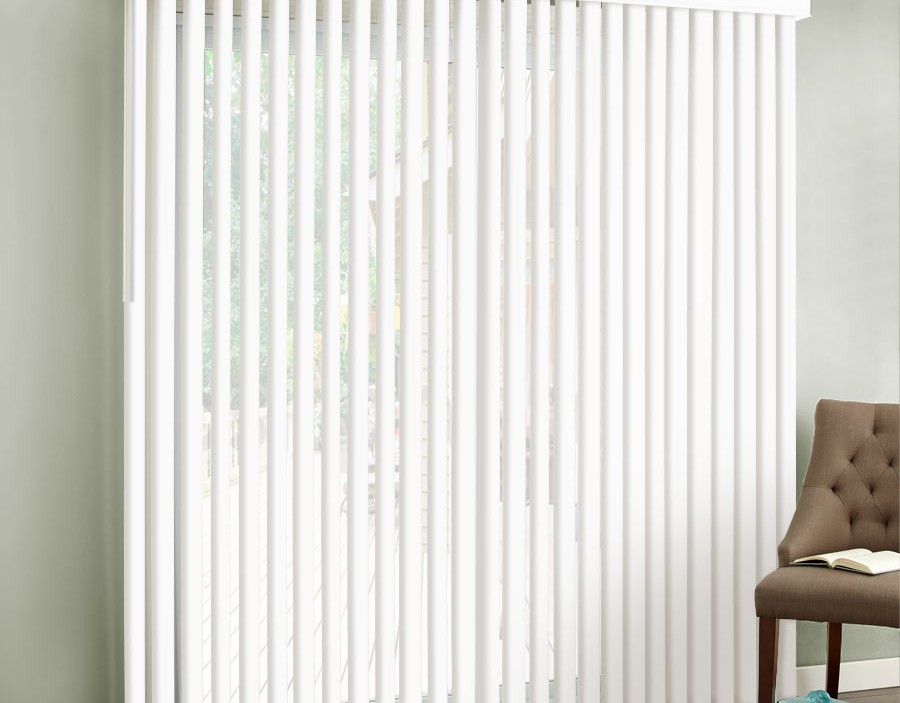
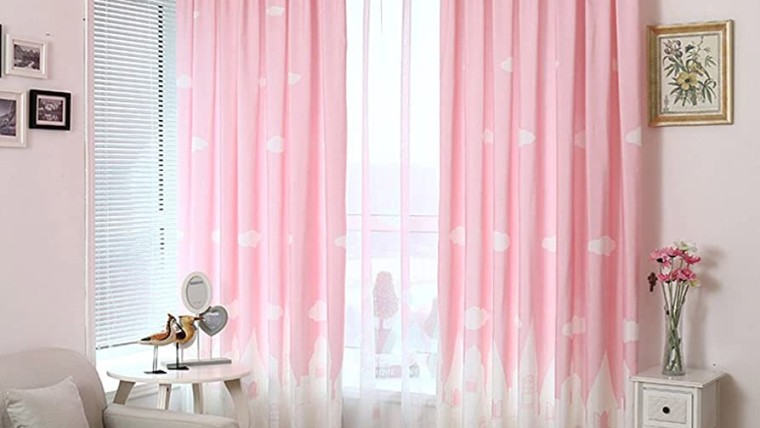
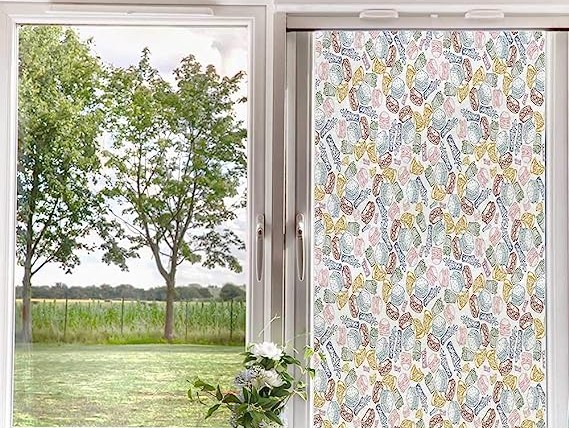
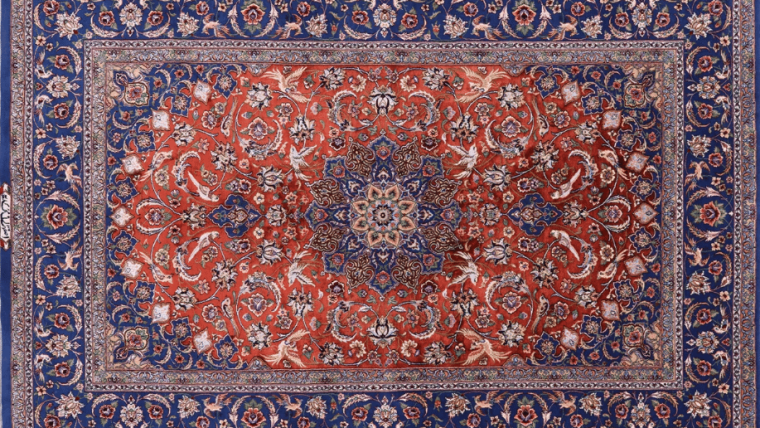
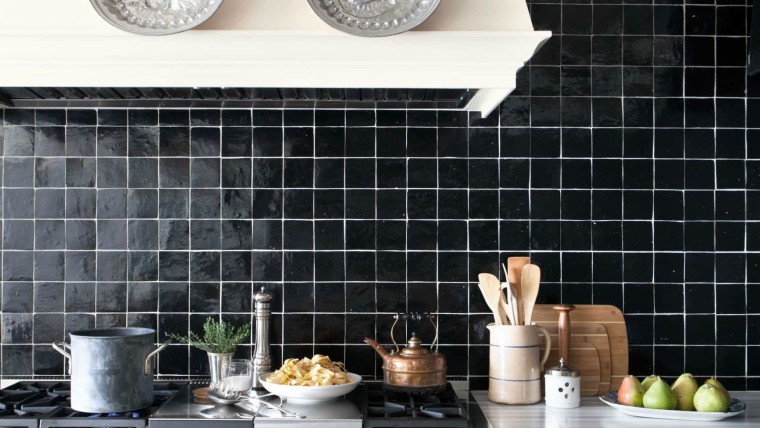
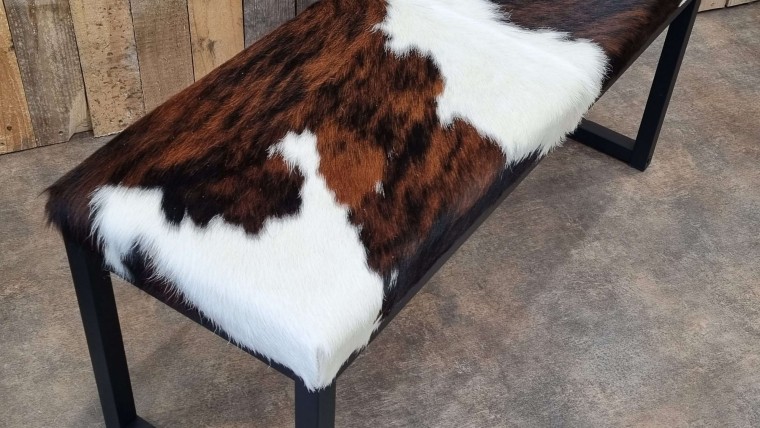
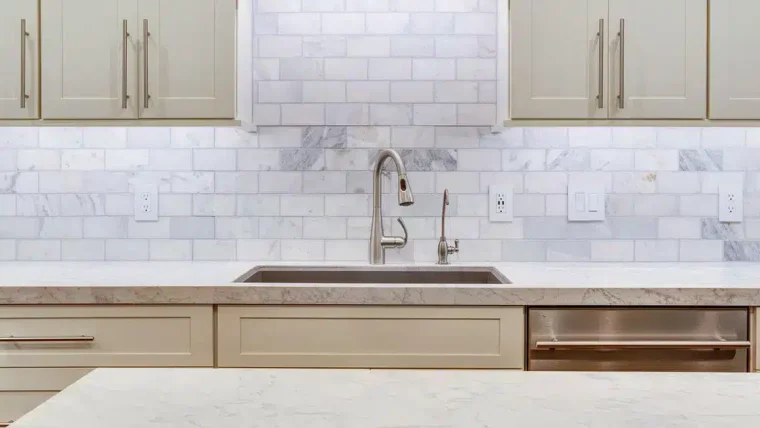
Stunning Black Backsplash Ideas : Designs, Colors & Tips
Enhancing Style and Comfort with Cowhide Bench Seats and Covers
Kitchen Mosaic Tile Backsplash Ideas: Inspiring Designs for a Stunning Kitchen
Discover the Elegance: Big Post Beds for Timeless Bedroom Appeal